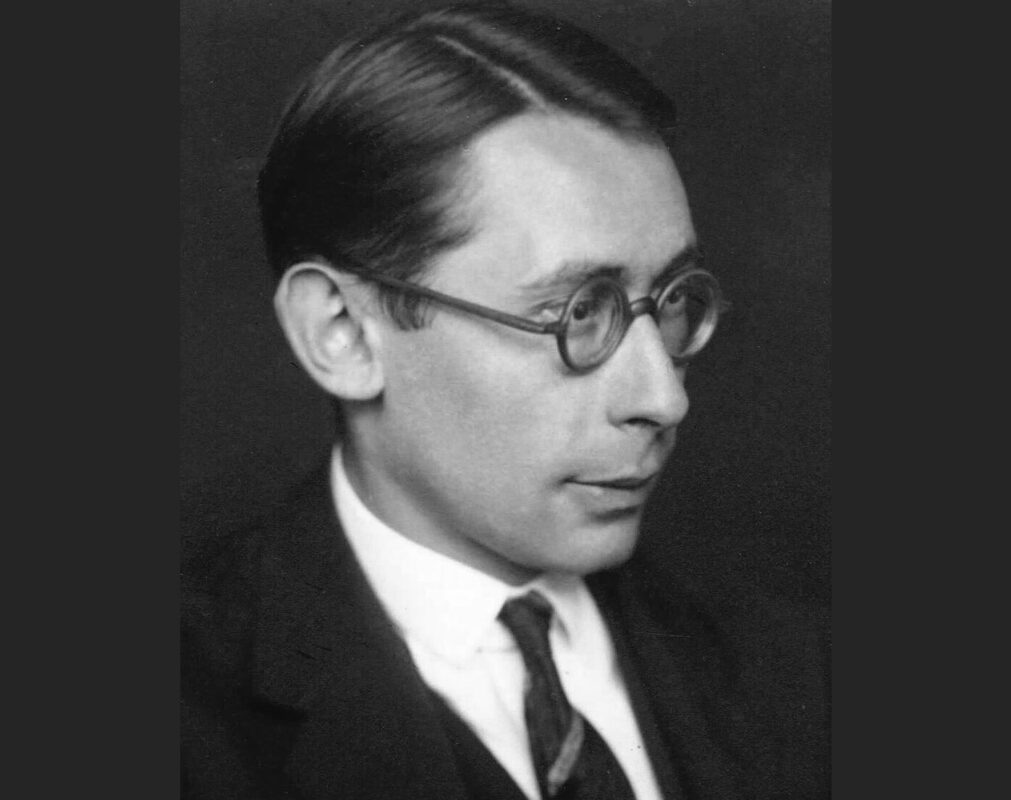Quintet rarities from Switzerland
Hardly known works for string quartet with piano or string quintet by Gustave Doret, Fritz Bach and Frank Martin, composed around 1920.

It is always a pleasure to come across CDs with compositions whose existence was only known from catalogs or encyclopedias. One such recording is Quintettes suisses with two world premieres by Gustave Doret and Fritz Bach for piano and string quartet as well as a work for string quintet by the young Frank Martin, which lovers of opulent late romantic chamber music will enjoy listening to. These pieces will be performed by the Melos Ensemble Vienna and the Italian pianist Adalberto Maria Riva, who works in western Switzerland. One of the cellists in the Vienna ensemble is Christophe Pantillon, who comes from a well-known Swiss family of musicians. The interpretations of all three works are outstanding, inspired, spirited and beautiful in sound. Special praise is due to the pianist, who plays an extremely prominent and demanding role in the two piano quintets.

Doret's quintet was written in 1925 at the suggestion of the famous Polish pianist, composer and politician Ignacy Paderewski. Gustave Doret (1866-1943) is not an unknown composer, but his fame is based more on his stage music for the Théâtre du Jorat in Mézières in Vaud, the music for two Fêtes des Vignerons and his rich song oeuvre. Born in Aigle, Doret first studied with Joseph Joachim in Berlin, then in Paris with Jules Massenet and Théodore Dubois. In 1894, he conducted Debussy's early masterpiece Prélude à l'après-midi d'un faune from the baptism. However, his own music is more influenced by Fauré than Impressionism.
Composed somewhat earlier, namely in 1918, the Poem by Fritz Bach (1881-1930), actually Frédéric Henri Bach, who was born in Paris, completed his schooling and theological studies in Lausanne before studying composition in the French capital with Charles Widor and Vincent d'Indy and organ with Alexandre Guilmant and Louis Vierne. Back in Switzerland, he taught in several towns around Lake Geneva and composed mainly sacred music. In a way, one could even include his almost 40-minute piano quintet: In five movements (Jeunesse; Amour; Bonheur; Douleurs, Tristesses; Luttes), it depicts an entire human life with its ups and downs. Psalm 130 appears first in the last movement (From the depths I call to you, Lord), before the chorale What God does is well done brings life to a conciliatory close. Musically, all this is realized with relatively simple but convincing means, stylistically influenced by French late Romanticism.
As Jacques Tchamkerten rightly notes in his knowledgeable booklet text, Frank Martin's Pavane couleur du temps (1920) from Ravel's Ma Mère l'Oye and inspired by the enthusiasm for the France of Louis XIV. The title refers to Charles Perrault's fairy tale Peau d'ânewhich we call Allerleirauh know. Little or nothing of Martin's mature style is yet recognizable, but it is certainly a first sample of talent that goes very well with the two piano quintets.
Quintettes suisses. Œuvres de Gustave Doret, Frank Martin, Fritz Bach. Melos Ensemble de Vienne; Adalberto Maria Riva, piano. Harmonia Helvetica, Cascavelle VEL 1677








